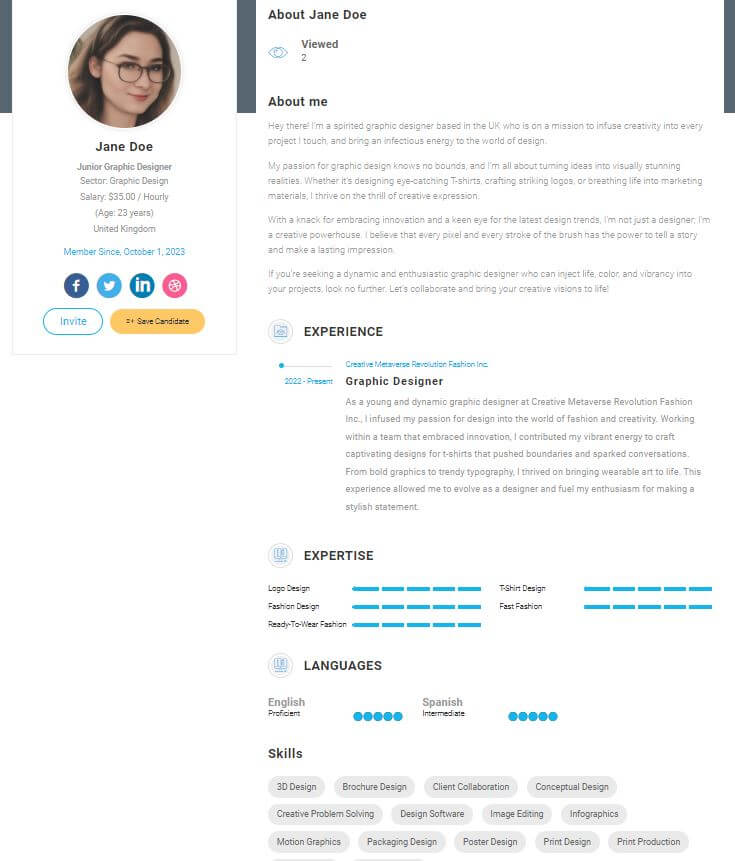Running a successful standup meeting are a staple in Scrum and Agile projects because they keep everyone informed and help identify any roadblocks.
However, sticking to asking the same questions every day can become monotonous, thus it’s helpful to mix in alternative questions.

KEY TAKEAWAYS
- Vary your questions to keep standup meetings engaging.
- Essential questions focus on yesterday’s work, today’s goals, and any blockers.
- Alternative questions can improve team motivation and focus on sprint objectives.
Standup Structure and Format
The key to an effective standup meeting is a clear structure that helps everyone stay on track. This involves asking the right questions to ensure each team member’s tasks and any obstacles are discussed and resolved efficiently.
Daily Standup Questions
Start with three main questions:
- What did you do yesterday?
- What are you planning to do today?
- Any challenges to your progress?
Purpose:
- Yesterday’s Work: This helps understand what has been completed, revealing productivity levels and indicating any unproductive tasks.
- Today’s Plan: Knowing what tasks are lined up today assists in prioritizing and ensures all team members are on the same page. It also helps avoid task overlap and identifies overlooked tasks.
- Challenges: Identifying obstacles early can aid in providing immediate support and finding solutions quickly, whether they are technical, personal, or team-related issues.
These questions keep the meeting focused and make sure vital information is shared succinctly, contributing to the 15-minute time limit often aimed for in SCRUM and Agile methodologies.
Daily Stand-Up Wrap-Up Questions
Once the primary questions are addressed, a few wrap-up questions can further enhance the stand-up:
- Is there other stuff you worked on that was not planned earlier?
- How comfortable are you with your assigned tasks?
- How aligned do you feel with the project’s goals and objectives?
- How clear are your task priorities, and do you foresee any conflicts in managing them?
Purpose:
- Other Work: This question captures unplanned tasks that might affect the schedule.
- Comfort Level: This reveals if team members need additional support or training.
- Alignment: Gathering this insight ensures that everyone understands and is committed to the project goals.
- Task Priorities: Clear task priorities prevent mismanagement and help resolve potential conflicts early.
Defining Sprint Goals

Sprint goals are crucial for providing direction and purpose to your Scrum team. They help guide the team’s efforts and ensure everyone is aligned on what needs to be achieved during the sprint.
Sprint Goal Questions
- What is the main objective?
- Is this goal clear and achievable?
- How does this goal align with the product backlog?
- Does the goal provide flexibility?
- How will progress be measured?
Purpose:
- Main objective: Identify the key outcome your team needs to achieve by the end of the sprint. This could be implementing a new feature or improving an existing one.
- Achievable Goal: Make sure the sprint goal is well-defined and realistic. All team members should understand exactly what is expected and believe it is attainable within the sprint timeframe.
- Goal alignment: The sprint goal should be directly linked to items in the product backlog. It should help move the project closer to the overall product vision.
- Goal flexibility: While the goal should be specific, it should also allow some flexibility in how the team achieves it. This enables the team to adapt as necessary throughout the sprint.
- Measuring progress: Define how you will track the team’s progress. This could be through Daily Scrums or other check-ins to ensure the team is on track to meet the sprint goal.
Your sprint goal is a compass for your Scrum team. It directs efforts, fosters team cohesion, and ensures progress toward a finished product.
By asking these focused questions, you can craft clear, actionable sprint goals that drive your project forward.
Task Management and Workflow

Effective task management and workflow ensure your team stays productive and focused. By asking the right questions, you can track progress and address any challenges quickly.
Walking the Board Questions
Walking the board questions help you identify what tasks need immediate attention. You may consider asking these 3 questions:
- “What can we finish today?”
- “What is blocking us from getting item X done?”
- “Does everyone have what they need to focus on their top priority items?”
Purpose:
- Start: This focuses the team on work items near completion.
- Follow-up Question: This question surfaces obstacles in the workflow that may slow progress.
- Ending Question: This ensures each team member has the tools and information necessary to complete their individual tasks.
Looking at the board together helps you visualize where the team stands, making it easier to align priorities and clear any roadblocks.
Completed Work Progress Monitoring Questions
Monitoring completed work keeps everyone accountable and highlights progress.
- What work items have you completed since our previous standup?
- What work items are you planning to complete by when?
Purpose:
- Starting Question: This allows team members to share their accomplishments, fostering a sense of achievement.
- Ending Question: This question prompts team members to provide specific timelines, adding a layer of accountability to their commitments.
Using these questions helps maintain a pace that keeps the workflow smooth and efficient. It also ensures that no task falls through the cracks, keeping the entire team on the same page.
Ensuring Team Progress and Cooperation

During daily standup meetings, it is important to check progress and address any blockers. This helps keep the team on track and ensures smooth cooperation.
Progress Checking Standup Questions
Progress checking questions is a series of question that comes together to give a quick overview of the task ahead.
- What work items have you completed since our previous standup?
- How satisfied are you with our progress toward our goal on a scale of 1-5?
- What’s changed since yesterday?
- What do we learn in this project?
Purpose:
- Starting Question: To monitor team progress, ask questions that reveal how well the team is moving forward with their goals. This focuses on recent achievements.
- Follow-up Question: This quantifies satisfaction levels and highlights areas needing attention.
- Next Question: This is to capture any recent developments.
- Finishing Question: This question encourages continuous learning and improvement. Consistently reviewing progress helps identify success and areas for development.
Unblocking Standup Questions
Finding and resolving blockers is essential for keeping the team productive.
- Where are you stuck?
- Have we identified any new risks?
- Who could use some help today?
- What help do you need to make this action item happen?
- Does anyone need any assistant on anything?
Purpose:
- Starting Question: This helps team members voice their challenges.
- Follow-up Question: This ensures that potential issues are spotted early.
- Follow-up Question: This fosters a supportive team environment.
- Follow-up Question: This clarifies specific needs to overcome blockers.
- Closing Question: This invites collaboration and ensures quality work.
Fostering Team Engagement and Motivation

Keeping your team engaged and motivated during standup meetings is key to productivity and morale. By asking the right questions, you can encourage team members to share ideas, identify priorities, and have a bit of fun together.
Motivating Standup Questions
Using questions that focus on motivation can help gauge the team’s morale and set a positive tone for the day. These questions can uncover how team members feel about their work and what might be needed to enhance their productivity.
You can ask:
- How do you feel about your work today? Red, amber, or green?
- What small thing would improve your day today?
- Who has a win they want to share?
These questions encourage team members to be open about their feelings and helps foster a supportive environment.
Fun Standup Questions
Incorporating fun questions can lighten the mood and make meetings more enjoyable. These can act as great icebreakers and help team members connect on a personal level, which can boost overall engagement.
Consider asking:
- If you had to describe how you’re feeling right now as a weather pattern, what’s your forecast?
- What animal best represents you today and why?
Prioritization Standup Questions
Prioritization questions help teams focus on what matters most and ensure that everyone is aligned on key tasks. These questions can clarify priorities and make sure the team is working efficiently.
Ask questions like:
- What’s the most important thing for us to talk about?
- Are we working on the most important items?
- What do you commit to achieving today?
These questions help keep the team focused on their goals and ensure that tasks are aligned with strategic priorities.
Use a mix of motivating, fun, and prioritization questions to keep your standup meetings engaging and productive. This approach helps create a positive and focused team culture.
Get your 100% Free online resume and get noticed by potential employers. Start out of the crowded space of millions of remote job seekers and find the remote job that you will enjoy and love.

Source link
All Materials on this website/blog are only for Learning & Educational purposes. It is strictly recommended to buy the products from the original owner/publisher of these products. Our intention is not to infringe any copyright policy. If you are the copyright holder of any of the content uploaded on this site and don’t want it to be here. Instead of taking any other action, please contact us. Your complaint would be honored, and the highlighted content will be removed instantly.

